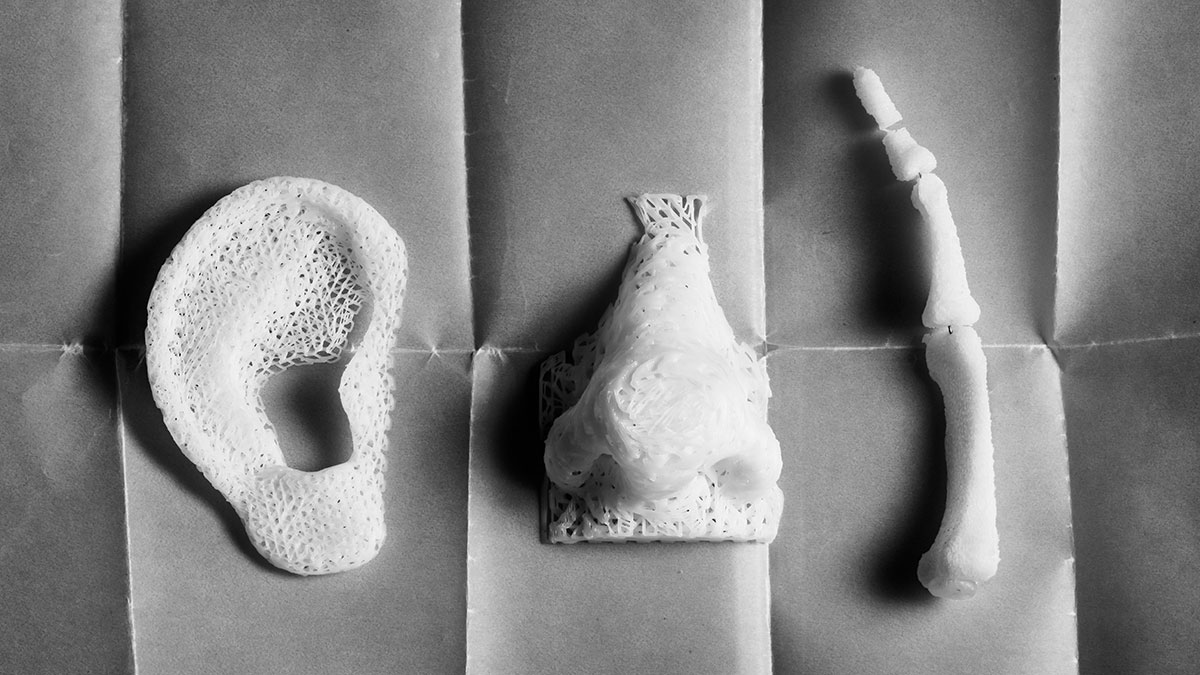The effect of 3D printing on medical practice
May 23, 2023
This paper explores the impact of 3D printing on medical practice. In particular, it looks at how 3D printing technology can be used to create medical devices and components as well as organs and tissues for transplantation. It also examines the potential for using 3D printed materials in drug research and patient treatments.
The effect of 3D printing on medical practice
The use of 3D printing in medical practice has been rapidly increasing over recent years due to its cost effectiveness and versatility in creating complex structures from a wide range of materials. The technology is being used to manufacture customised prostheses for patients, including ear moulds, dental crowns and orthopaedic implants. Additionally, it is being explored as a way to produce implants such as hips and knees that are tailored specifically to an individual's anatomy.

3D printing has also made it possible to create human organs and tissues for transplantation. This is done by using cells as a base material, which are then printed into a three-dimensional structure that resembles the desired organ or tissue. This process has the potential to revolutionise the field of transplant surgery, making it easier to find compatible organs and reducing waiting times.
Furthermore, 3D printing technology has enabled drug researchers to quickly develop medications with precise dosages and formulations that can be tailored to individual patients' needs. The use of 3D printing in this way not only speeds up drug development processes but also increases accuracy and reduces production costs. In addition, pharmaceutical companies have been able to produce customised medicines that are designed specifically for a particular patient.
In conclusion, 3D printing is having a transformative effect on medical practice. It is allowing for the production of customised medical devices and components as well as organs and tissues that can be transplanted into patients. Furthermore, it has enabled drug research and development to be accelerated, while also reducing production costs and increasing accuracy. As such, the use of 3D printing in medical practice is likely to continue to increase in the future.
